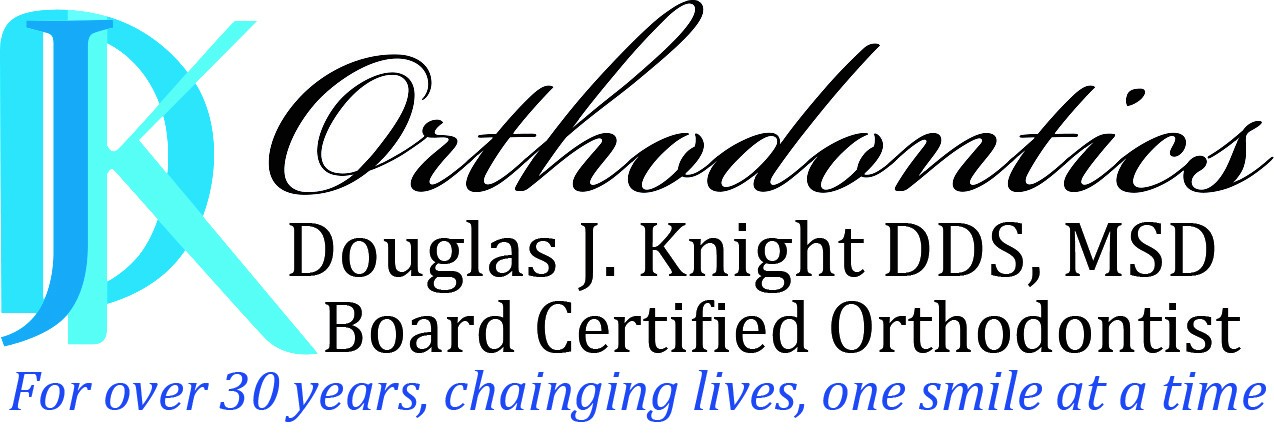Orthodontic treatment is a crucial aspect of dental health that focuses on correcting misaligned teeth and jaws. This specialized dental care involves using braces, clear aligners like Invisalign, and other orthodontic appliances to improve bite function, appearance, and overall oral health. Orthodontists tailor these treatments to each individual, ensuring long-term oral health benefits.
Why Is Orthodontic Treatment Important?
- Improves Oral Hygiene and Reduces Risk of Decay Misaligned teeth can be difficult to clean properly, which can lead to an increase in plaque buildup, tooth decay, and gum disease. Studies have shown that properly aligned teeth are easier to clean, thereby reducing the risk of periodontal disease and cavities. Orthodontic treatment not only enhances your smile but also protects your long-term oral health by making daily oral hygiene practices more effective.
- Corrects Bite Problems An improper bite (also known as malocclusion) can cause difficulty with chewing and speech, and can also lead to jaw pain, temporomandibular joint disorders (TMJ), and even headaches. Orthodontic treatment is essential in correcting bite problems like overbite, underbite, and crossbite, thus improving both functionality and comfort.
- Enhances Self-Confidence Orthodontic treatment has a significant psychological impact. A straighter smile can improve self-esteem and confidence. Research suggests that people with well-aligned teeth are perceived as more attractive and confident, which can positively influence social and professional interactions.
- Prevents Long-Term Dental Issues Misaligned teeth and jaws can result in uneven wear on the teeth, leading to further complications such as tooth chipping, grinding (bruxism), and even tooth loss over time. By addressing these issues early through orthodontic care, you can avoid more invasive and costly dental treatments later in life.
Types of Orthodontic Treatments
- Braces Traditional metal braces remain one of the most effective solutions for correcting dental alignment. Modern advancements now allow for ceramic braces, which are less noticeable. Braces gradually shift teeth into their optimal position through the use of brackets and wires that are adjusted over time.
- Clear aligners Invisalign offers a nearly invisible treatment option for people who want a more discreet approach. These removable, custom-fit trays move the teeth gradually and can be more convenient for maintaining oral hygiene compared to traditional braces.
- Retainers After the completion of active orthodontic treatment, retainers are necessary to maintain results. Retainers help prevent the teeth from shifting back to their previous positions. Wearing a retainer as prescribed by your orthodontist can ensure long-lasting results.
Why Should You Choose Orthodontic Treatment?
Orthodontic care goes beyond aesthetics. It is an investment in your oral health, functionality, and confidence. Whether for children, teens, or adults, orthodontics helps correct misaligned teeth and bite issues, ensuring better oral hygiene and preventing complications that can arise from untreated dental misalignments. Studies support the long-term benefits of orthodontic treatment, making it an essential step toward achieving and maintaining a healthy smile.
If you're considering orthodontic treatment, consult with an orthodontist to explore your options. Early intervention can lead to quicker results and prevent further complications. Your smile and your oral health are worth it!
References:
- Twetman, S. et al. (2003). "Caries Prevention in Orthodontic Patients: An Evidence-Based Review." American Journal of Orthodontics and Dentofacial Orthopedics.
- McNamara, J. A. (2000). "Early Intervention in Orthodontics: Benefits and Limitations." Journal of Clinical Orthodontics.
- Pithon, M. M. et al. (2014). "Perception of Smile Esthetics Between Orthodontists, Dentists, and Laypersons." The Angle Orthodontist.
- Kokich, V. O., Kiyak, H. A., & Shapiro, P. A. (1999). "Comparing the Perception of Dentists and Lay People to Altered Dental Esthetics." Journal of Esthetic and Restorative Dentistry.
- Proffit, W. R., Fields, H. W., & Sarver, D. M. (2007). Contemporary Orthodontics. Elsevier Health Sciences.
- Phan, X. et al. (2015). "Efficiency of Invisalign Compared With Traditional Orthodontic Treatment." Journal of the World Federation of Orthodontists.
- Littlewood, S. J. et al. (2017). "Retention in Orthodontics." British Dental Journal.

